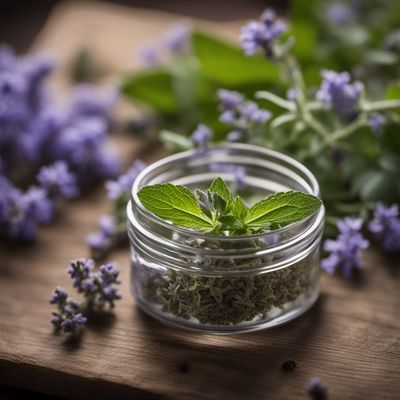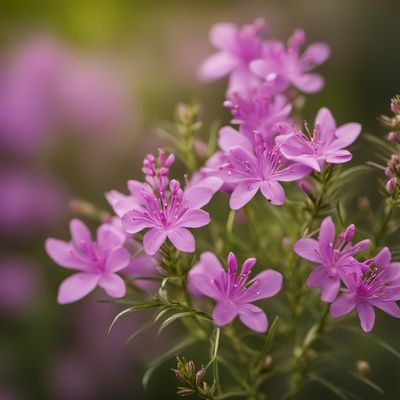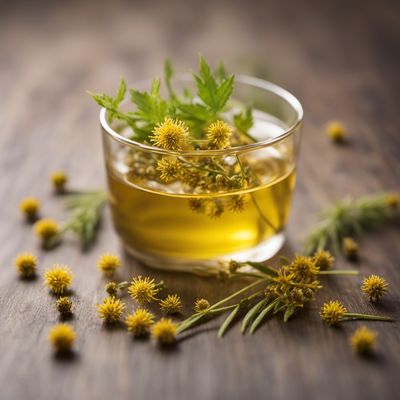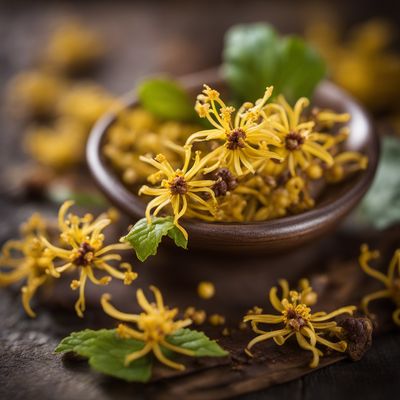
Ingredient
Hazelnut infusion leaves
Aromatic Hazelnut Elixir
Hazelnut infusion leaves, also known as hazelnut tea leaves, are characterized by their rich, nutty aroma and delicate flavor. These leaves are often used to create flavorful infusions that can be enjoyed on their own or incorporated into various culinary creations. They impart a subtle yet distinct hazelnut essence to beverages, baked goods, and desserts.
Origins and history
The hazelnut tree, native to Europe and Asia, has a long history dating back to ancient times. Hazelnuts and their leaves have been utilized in various cultures for their culinary and medicinal properties. In ancient Rome, hazelnuts were considered a symbol of fertility and were often used in wedding ceremonies. The infusion leaves, in particular, have been treasured for their aromatic qualities and have been used to create flavorful beverages and desserts for centuries.
Nutritional information
Hazelnut infusion leaves are low in calories and fat, making them a healthy choice for those watching their weight. They are also a good source of antioxidants, vitamins, and minerals, including vitamin E, magnesium, and potassium.
Allergens
Hazelnut infusion leaves are generally safe to consume and do not pose any known allergenic risks.
How to select
When selecting hazelnut infusion leaves, look for fresh, vibrant leaves that are free from discoloration or signs of wilting. Opt for leaves that have a strong, distinct hazelnut aroma, as this indicates their freshness and potency. Avoid leaves that appear dull or have a musty smell.
Storage recommendations
To maintain the freshness and quality of hazelnut infusion leaves, store them in an airtight container in a cool, dry place away from direct sunlight. Alternatively, you can freeze the leaves to extend their shelf life. Proper storage will help preserve their aroma and flavor for an extended period.
How to produce
Hazelnut infusion leaves can be easily grown in a home garden or even in a pot on a balcony. They require well-drained soil, regular watering, and a sunny location to thrive. Simply plant hazelnut saplings or seeds, provide them with proper care, and enjoy the fresh leaves for infusion.
Preparation tips
To prepare hazelnut infusion, steep a handful of fresh or dried hazelnut infusion leaves in hot water for 5-10 minutes. Strain the leaves and enjoy the aromatic elixir on its own or sweeten it with honey or sugar. The infusion can be served hot or chilled, and it can also be used as a base for cocktails, desserts, or baked goods.
Culinary uses
Hazelnut infusion leaves are commonly used to infuse beverages such as teas, coffees, and liqueurs. They can also be incorporated into desserts like cakes, cookies, and ice creams to add a delightful nutty flavor. Additionally, these leaves can be used to infuse oils or vinegars, adding a unique twist to salad dressings or marinades.
Availability
Hazelnut infusion leaves are widely available in specialty tea shops, health food stores, and online retailers. They can be found in regions where hazelnuts are cultivated, such as Europe, Asia, and North America.
More ingredients from this category » Browse all

Hemp infusion leaves
The Healing Power of Hemp: Unveiling the Potential of Infusion Leaves

Heather infusion leaves
Heavenly Heather Elixir

Raspberry (red and yellow) infusion leaves
The Fragrant Tea Leaves

Yellow bedstraw infusion leaves
The Golden Elixir: Unveiling the Secrets of Yellow Bedstraw Infusion Leaves

Wood betony infusion leaves
The Healing Power of Wood Betony

Blackberry infusion leaves
The Essence of Blackberry Infusion Leaves

Catmint infusion leaves
The Soothing Herbal Elixir

Willow herb infusion leaves
The Natural Elixir: Unveiling the Secrets of Willow Herb Infusion Leaves

Agrimony infusion leaves
The Healing Power of Agrimony

Bitter orange infusion leaves
The Zesty Elixir: Unveiling the Power of Bitter Orange Infusion Leaves

Witch hazel infusion leaves
The Natural Elixir: Unveiling the Power of Witch Hazel Infusion Leaves

Plantain infusion leaves
The Versatile Herb